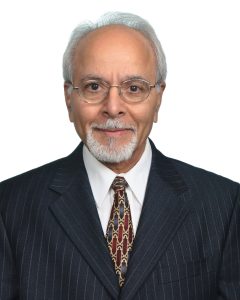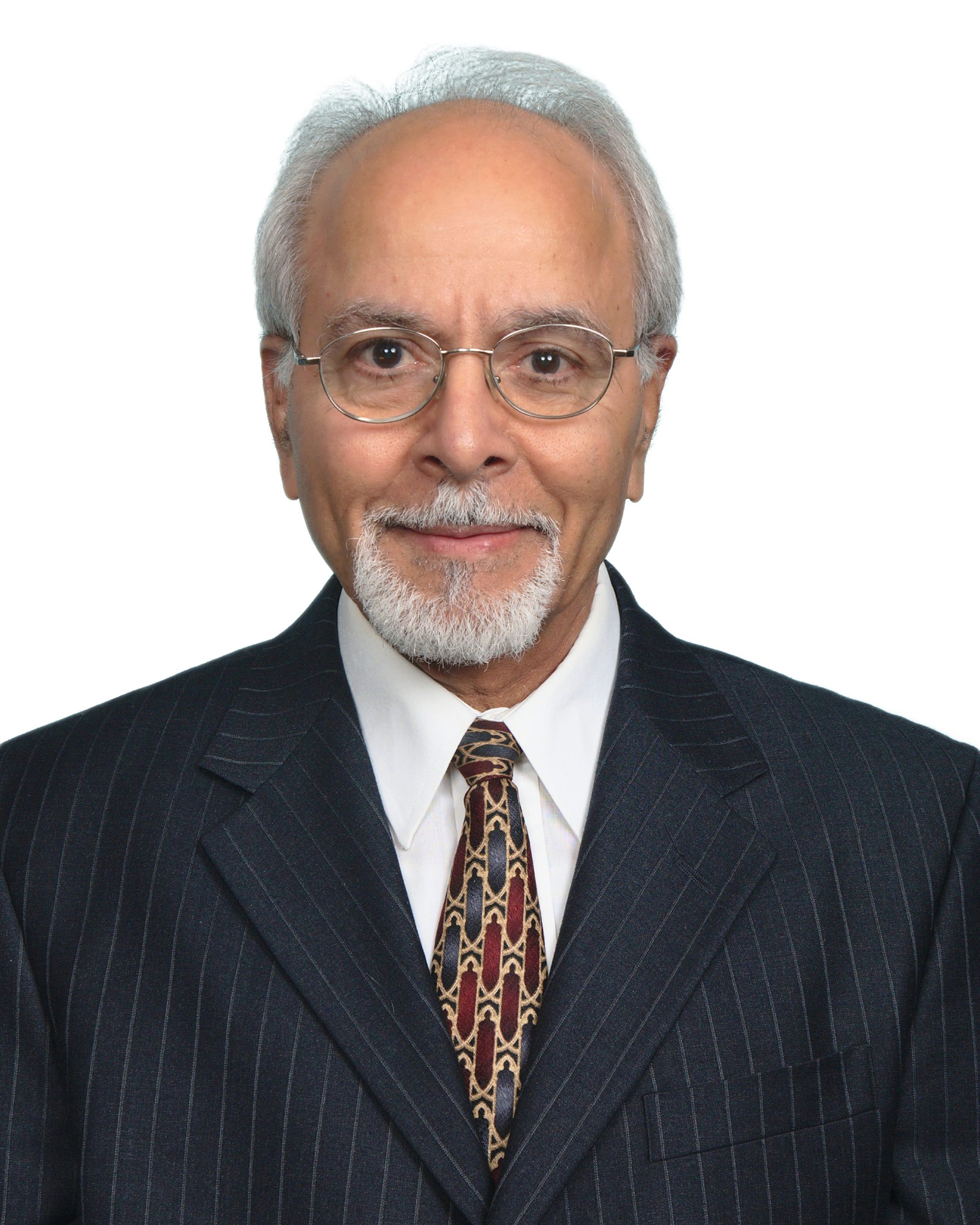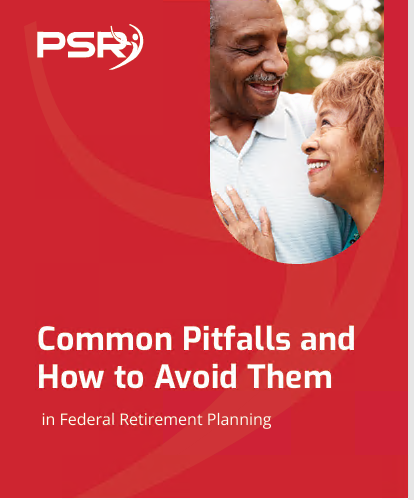 Paul Kalra is a financial planner and federal retirement expert in Lake Forest, California.
Paul Kalra is a financial planner and federal retirement expert in Lake Forest, California.TSP Investment Advice from Paul Kalra
Despite the roller coaster stock market over the past few years, it seems that, on average, the account balances in the TSP (Thrift Savings Plan) appear to be going up. The participants who assumed more risk – or at least those who seemed to do so – by going with the S and I funds, attained a return of just under 5% for the first half of 2015. And, those who stuck it out with a bit more volatility in foreign stocks were rewarded with just under a 6.5% return during the same time frame.1
- Also Read: The Best FEHB Plans for 2025: Which One Fits Your Lifestyle and Budget the Best?
- Also Read: Special Retirement Options for FAA and LEO Employees: Are You Taking Advantage of What’s Available?
- Also Read: Federal Employee Benefits You Didn’t Know Could Give Your Wallet a Serious Boost in Retirement
How is the Money Distributed?
In terms of where the funds are being distributed by TSP plan holders, there seems to be a larger percentage of allocation being placed in both the G Fund and the C Fund, at 35% and 28% respectively.4
The remainder of the TSP fund balances sort out as follows (as of November 2015):
- L Funds – 17%
- F Fund – 5%
- I Fund – 5%
- S Fund – 10%5
Tracking Your TSP Investments
If you have money invested in the Thrift Savings Plan and you want to see how you’re doing – or even if you just want to check a hypothetical example – Check out the Thrift Savings Plan official page for information on TSP Fund prices and historical performance.
More about Paul Kalra, CFP, ChFC, CLU:
Paul Kalra has been providing financial services for over 25 years to doctors, business owners and others nearing or in retirement. After a successful career with John Hancock Financial Services,in 2002, Mr. Kalra founded his own firm, Signature America Financial Planning Services, Inc. in Lake Forest, CA.
In his practice as a financial planner, Paul Kalra has found that when people are nearing their retirement years, they are faced with confounding decisions about their retirement plans, 401(k)’s, IRA’s, Social Security, Medicare, life insurance, wealth-preservation and estate planning. What motivated him to focus his practice on helping people in their 50’s and 60’s was when Mr. Kalra began facing such decisions himself and realized that the answers would have been very tough if he were not a financial planner.










